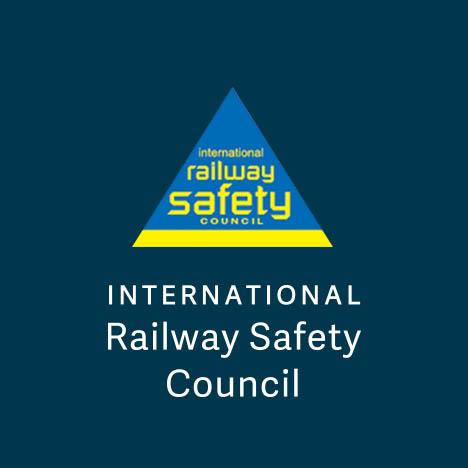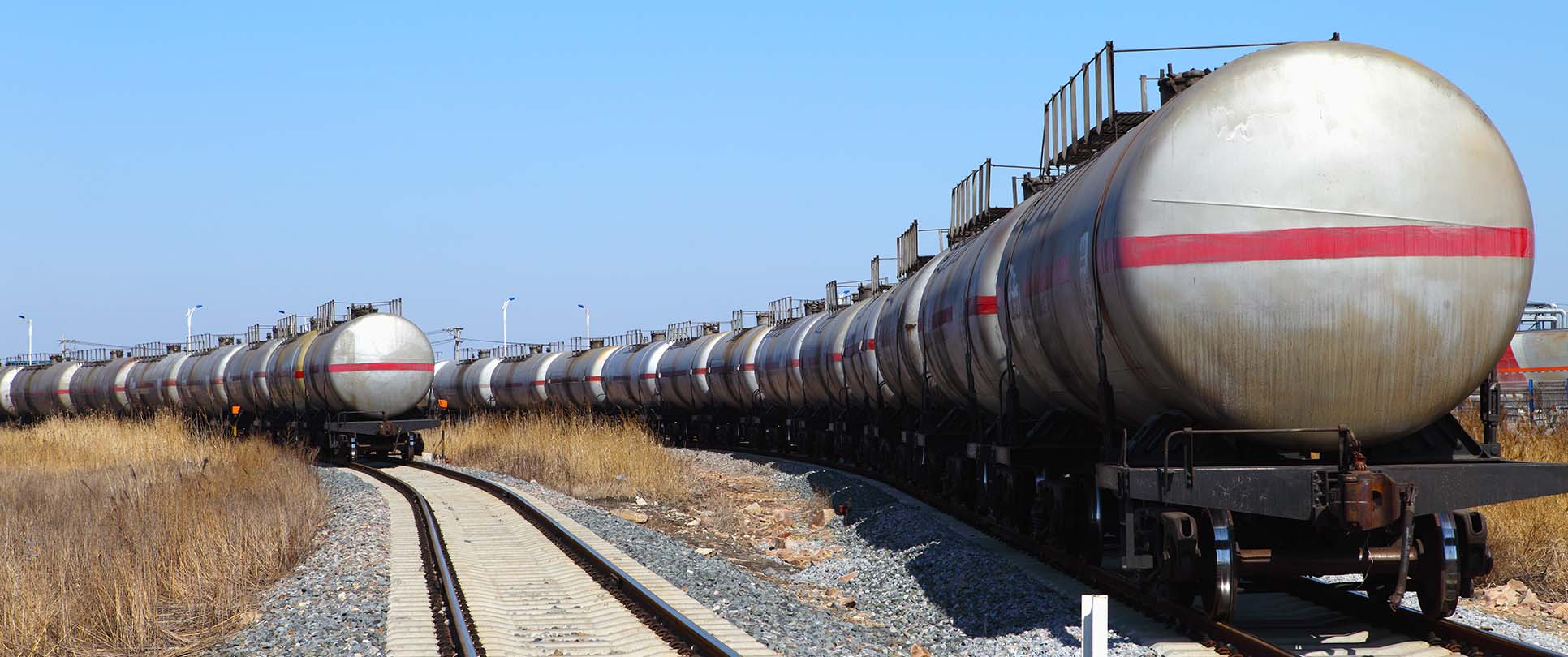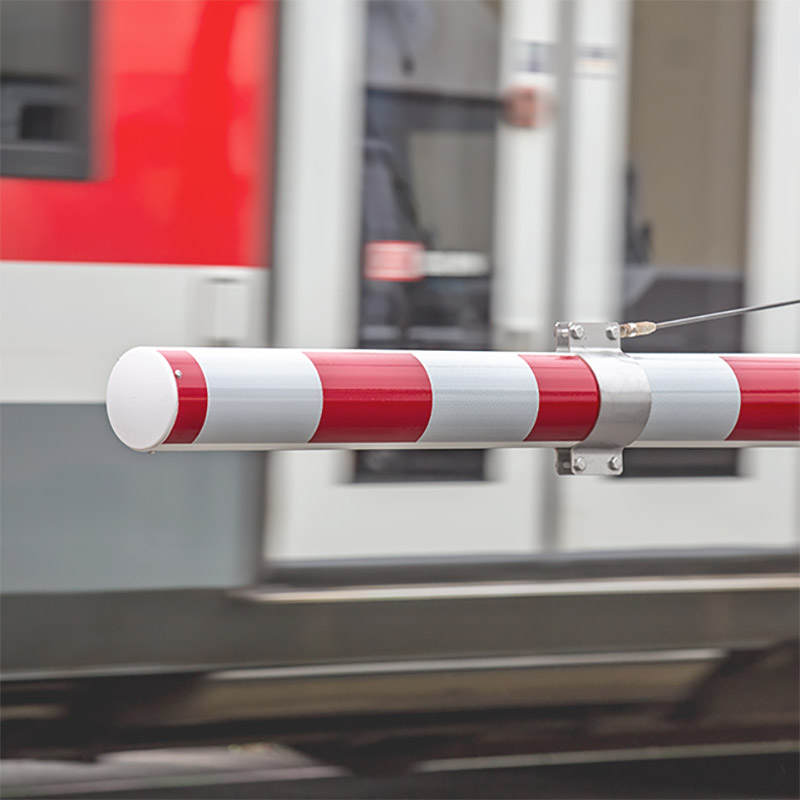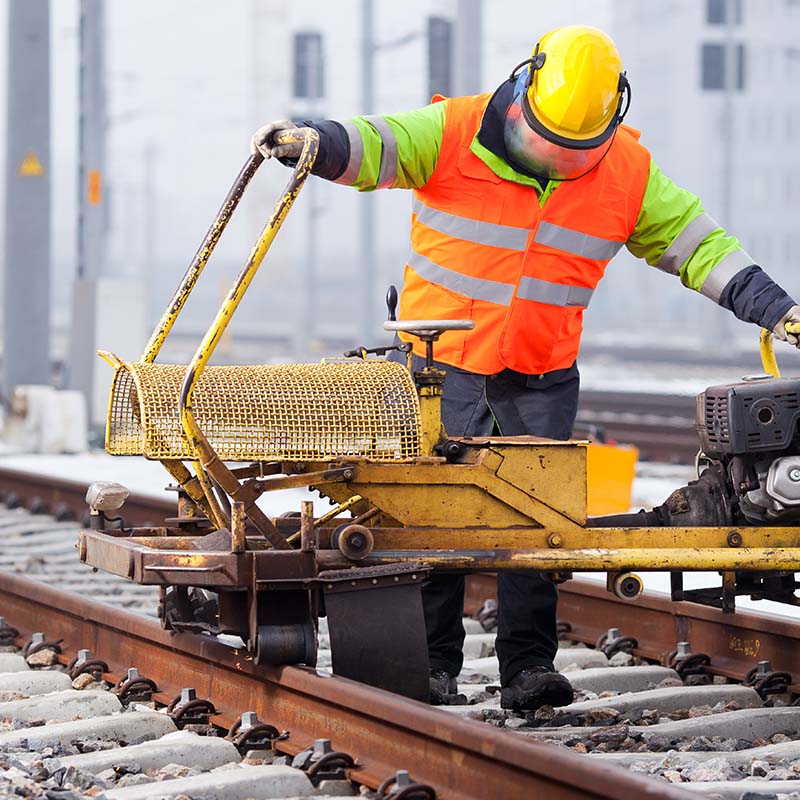cape-town
MTR Corporation is committed to maintaining Safety-First Culture which has been stated in the safety policy. Safety culture influences the attitudes and behaviours of our staff. It is essential to forge a culture that all parties proactively manage risks and take care of each other. Staff should be actively engaged to ensure better understanding and adherence to the safety rules and effective implementation of the safety management system. A good Just Culture plays an important role. This paper describes the journey and key steps that MTR has undertaken to reinforce the Just Culture and how the improvement in the safety performance been achieved.
Senior management has committed to adopt the principles of Just Culture, i.e. the concept related to systems thinking by focusing if there is any organizational culture problem. Managers and supervisors on one hand must enforce compliance with safety rules and procedures, take appropriate disciplinary actions for intentional and reckless violations and unsafe acts. At the same time, they provide coaching and adopt human factors approach to identify contributory factors to human factors incidents and prevent recurrence.
Furthermore, tools, including assessment form and communication packs, have been developed to facilitate the ongoing implementation and communication. To further reinforce the staffÕs awareness and understanding of the importance of Just Culture and their roles to play, a communication plan has been developed, which include mass communication by line management in 2023. Regular lessons learnt sharing on acceptable and unacceptable behaviours has been put in place. Just Culture shall be supported by good Reporting Culture in order to create an open environment where staff can freely report safety concerns without fear of blame and punishment. The essential attitudes of Don’t Walk By and Speak UpÓ have been promoted and various reporting channels have been established, including the reporting tools via e-platform etc. to encourage staff to report any anomaly, hazard, near miss, fault, etc. Through proactive reporting and prompt follow-up, those safety concerns and/or errors will not be escalated into accidents/incidents.
Common shaping factors from accidents/ incidents are also analyzed. Through the application of appropriate technology and enhancement of the system intelligent, an even safer railway can be brought for our passengers, colleagues and stakeholders.





